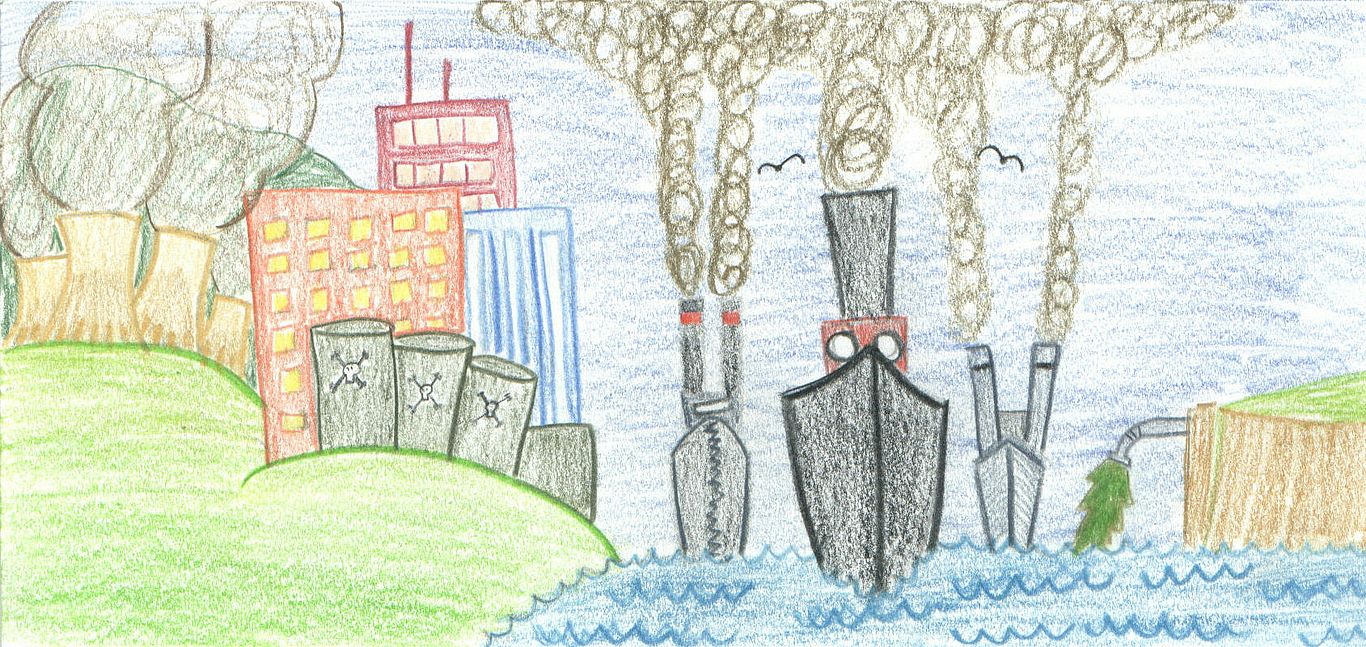Science-based advocacy for Lake Champlain and its water quality
Over 60-Year Legacy of Lake Protection
For over 60 years, the Lake Champlain Committee (LCC) has been a thoughtful, reasoned, vocal advocate for this beautiful lake. LCC was formed by New York and Vermont community members in 1963 to prevent the lake from becoming a commercial seaway for ocean-going vessels. From that victory we went on to advocate against a nuclear power plant being built on the Charlotte, Vermont shore. LCC championed the phosphate detergent ban which reduced nutrient loading from sewage treatment plants by more than 50%, launched the longest-running lay monitoring program in the country, and helped craft the clean-up plan for the PCBs contaminating Cumberland Bay. Boat holding tank laws, water quality standards for phosphorus, and an international water quality agreement all came about because of the Lake Champlain Committee’s vigilance and advocacy.
The Lake Champlain Committee is the only bi-state nonprofit community group dedicated solely to protecting Lake Champlain’s environmental integrity and recreational resources. For over six decades, LCC has worked for drinkable water, swimmable beaches, edible fish and appropriate public access to the lake through advocacy, education and collaborative action. As the lake’s leading advocate for protection and restoration we have a legacy of action and a solid track record of achievements.

Since its founding in 1963, the Lake Champlain Committee has:
2012 - More than tripled the number of cyanobacteria monitoring locations around the lake to provide critical information about water conditions to citizens and environmental and public health agencies.
2011 - Initiated an invasive species control project to find and eradicate new populations of aggressive invasive plants.
2010 - helped secure passage of New York legislation to ban phosphates from household automatic dishwasher detergents and restrict the sale and use of phosphorus fertilizer on lawns
2008 - published “Lake Champlain: A Natural History” to increase understanding of the lake and foster stewardship
2007 - orchestrated a bi-state “Don’t P on Your Lawn” campaign with New York and Vermont partners to educate citizens on reducing nutrient loading from their property
2007 - secured passage of Vermont legislation to ban phosphates from household automatic dishwasher detergents by 2010
2006 - undertaken watershed assessments to help restore impaired streams that flow into Lake Champlain
2005 - conducted a stormwater survey to gauge citizen understanding of water quality issues and develop outreach and educational programs
2004 - promoted a lake protection pledge campaign to foster citizen involvement in lake clean up and restoration (www.LakeChamplainPledge.org)
2003 - initiated a cyanobacteria citizen monitoring project for lakeshore areas with the University of Vermont School of Natural Resources that continues today
2002 - issued a Lake Health Report Card to call attention to the “state of the lake” and trigger clean up actions by policy leaders
2001 - developed a water protection toolkit to assist citizen groups and communities in dealing with local water quality problems
2001 - launched a monthly natural history column Lake Lookfor local and regional newspapers to aid citizen understanding of water quality issues, the column currently runs in 28 local and regional publications
2000 - established an international task force to accelerate lake-wide nutrient reductions and develop an implementation and funding strategy
1999 - stenciled over 1,000 stormdrains with a message, "Don't Dump, Drains to Lake” to reduce illegal dumping into Lake Champlain tributaries
1998 - advanced the adopted clean-up strategy for the PCB-contaminated toxic waste site in Cumberland Bay and the Barge Canal Superfund Site
1997 - successfully advocated for the burial of the power lines to open up a panoramic scenic vista along the Milton - South Hero causeway
1996 - established the Lake Champlain Paddlers' Trail to provide a recreational corridor for human-powered craft
1995 - removed over 60 tons of trash and 100 tons of recyclable materials from urban streams as part of our Clean Streets – Clean Streams program
1993 - drafted the citizen involvement process for the Burlington Barge Canal Superfund Site, which the EPA has used as a national model for toxic waste site clean-up
1993 - co-authored numeric water quality goals adopted by New York, Vermont, and Quebec in an International Agreement to guide nutrient reduction
1991 - gained passage of legislation to fund the upgrade of lake sewage treatment plants and reduce nutrient loading to waterways
1990 - helped secure $15 million in federal funds to support lake study and clean-up efforts
1988 - brought the governors of NY and VT and the premier of Quebec together to sign an agreement to cooperate in reducing lake pollution
1982 - initiated the nation’s first citizens’ acid rain monitoring program
1981 - prevented lake levels from being manipulated through damming
1979 - established a lakewide citizen monitoring program (currently the longest running one in the country)
1978 - led the successful effort to ban use of phosphate in laundry detergents which resulted in the most significant reduction in nutrient loading to the lake
1976 - secured passage of boat holding tank laws to prevent dumping of raw sewage
1968 - stopped construction of a nuclear power plant on the Charlotte shore
1963 - prevented Lake Champlain from being used as an international commercial seaway for supertankers